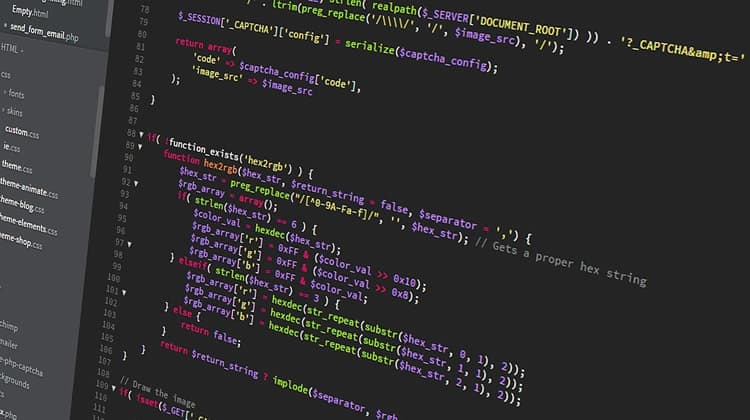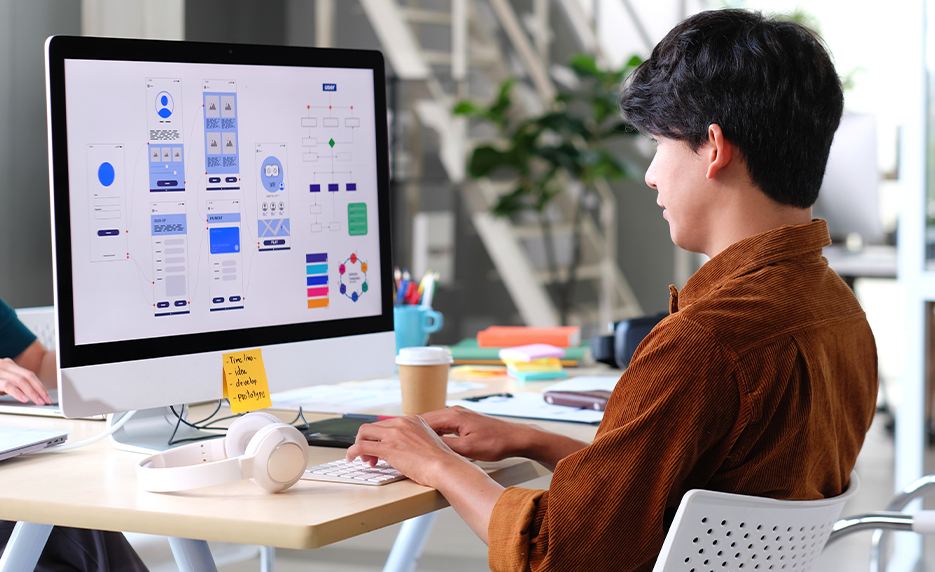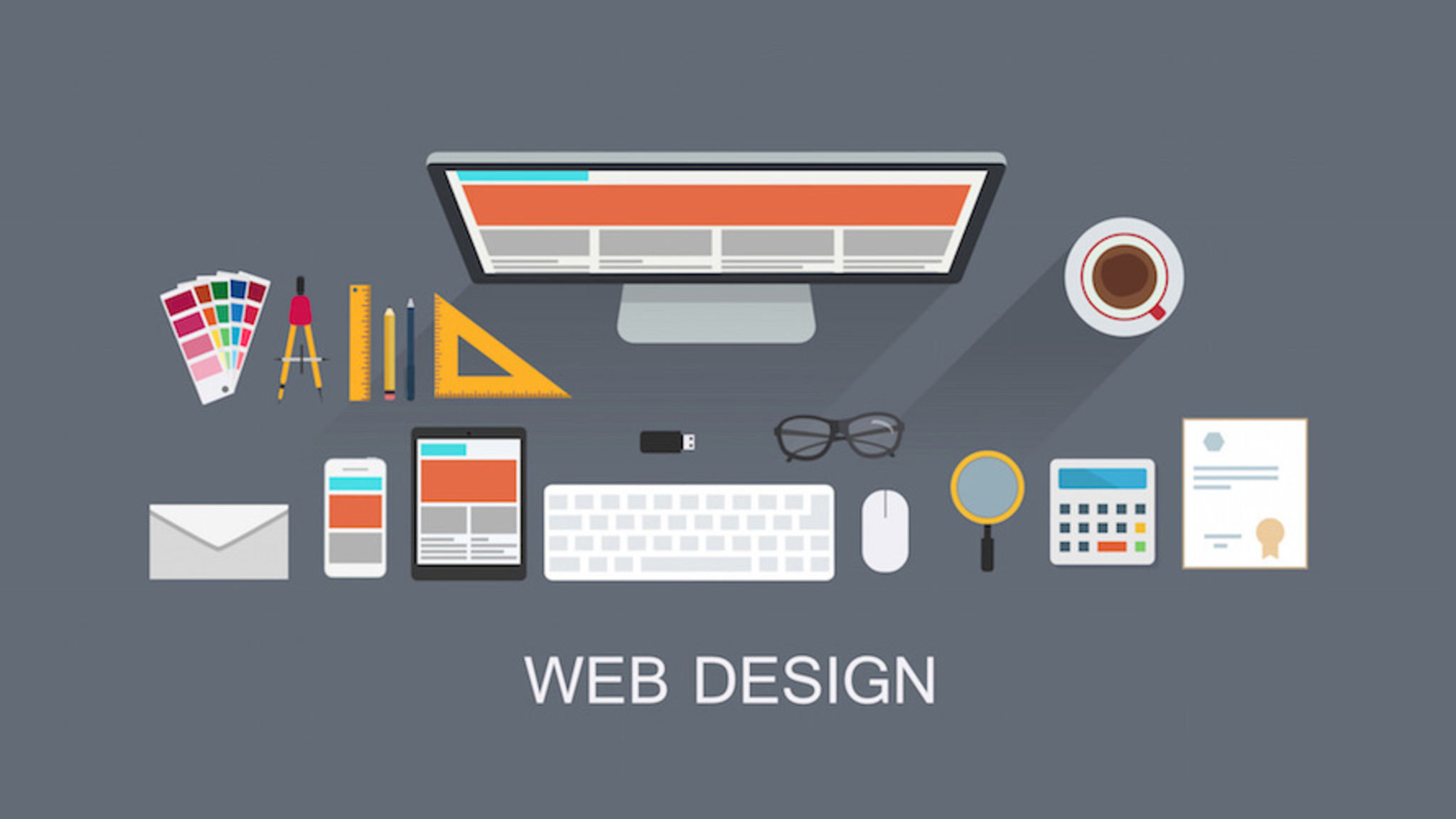All Categories
Featured
Table of Contents
- – Web Design & Seo By Acs - Syracuse Web Design ...
- – Learning Web Design: A Beginner's Guide To Ht...
- – Web Developers And Digital Designers - Bureau...
- – Web Design Definition - Techterms Tips and Tr...
- – Web Design Services - Networksolutions.com Ti...
- – Design Principles - U.s. Web Design System (U...
- – Collaborate & Create Amazing Graphic Design ...
- – Sustainable Web Design: Home Tips and Tricks:
- – Design Principles - U.s. Web Design System (...
- – Pueblo Web Design Tips and Tricks:
- – Collaborate & Create Amazing Graphic Design ...
Web Design & Seo By Acs - Syracuse Web Design - Google ... Tips and Tricks:
Quick summary Functionality and the utility, not the visual design, identify the success or failure of a site. Since the visitor of the page is the only individual who clicks the mouse and therefore decides whatever, user-centric style has established as a basic technique for effective and profit-oriented web design - web design frederick md.
and the energy, not the visual style, figure out the success or failure of a website. Given that the visitor of the page is the only person who clicks the mouse and therefore chooses whatever, user-centric design has become a standard approach for successful and profit-oriented web style. If users can't utilize a function, it may as well not exist.
g. where the search box need to be put) as it has actually currently been carried out in a number of short articles; rather we focus on the techniques which, utilized appropriately, can result in more sophisticated style decisions and simplify the procedure of viewing provided details. Please discover that you may be thinking about the usability-related articles we've published before: Principles Of Excellent Site Style And Reliable Website Design Standards, In order to utilize the principles properly we first need to understand how users engage with websites, how they think and what are the fundamental patterns of users' habits.
Learning Web Design: A Beginner's Guide To Html, Css ... Tips and Tricks:
Visitors glimpse at each brand-new page, scan some of the text, and click the first link that captures their interest or vaguely looks like the thing they're trying to find. There are big parts of the page they do not even look at. The majority of users look for something intriguing (or helpful) and clickable; as quickly as some promising candidates are discovered, users click.
If a page provides users with premium material, they want to compromise the content with advertisements and the design of the website. This is the reason that not-that-well-designed websites with premium material gain a great deal of traffic over years. Material is more important than the design which supports it.
Very simple concept: If a site isn't able to meet users' expectations, then designer failed to get his job done appropriately and the company loses money. The higher is the cognitive load and the less intuitive is the navigation, the more willing are users to leave the website and search for alternatives.
Web Developers And Digital Designers - Bureau Of Labor ... Tips and Tricks:
Neither do they scan web page in a linear style, going sequentially from one site section to another one. Instead users satisfice; they choose the first reasonable option. As soon as they find a link that seems like it may cause the objective, there is an excellent chance that it will be right away clicked.
It does not matter to us if we understand how things work, as long as we can use them. If your audience is going to act like you're developing signboard, then design great signboards." Users desire to be able to manage their browser and depend on the constant information discussion throughout the website.
If the navigation and website architecture aren't intuitive, the number of question marks grows and makes it harder for users to understand how the system works and how to obtain from point A to point B. A clear structure, moderate visual clues and easily recognizable links can assist users to find their path to their objective.
Web Design Definition - Techterms Tips and Tricks:

claims to be "beyond channels, beyond products, beyond distribution". What does it suggest? Given that users tend to check out websites according to the "F"-pattern, these three declarations would be the first aspects users will see on the page once it is packed. Although the style itself is basic and instinctive, to understand what the page has to do with the user requires to look for the response.
Once you have actually attained this, you can interact why the system works and how users can take advantage of it. Individuals won't utilize your web website if they can't discover their way around it. 2. Don't Waste Users' Perseverance, In every project when you are going to offer your visitors some service or tool, try to keep your user requirements very little.
First-time visitors want to, not filling long web types for an account they might never ever use in the future. Let users check out the site and find your services without requiring them into sharing personal information. It's not affordable to force users to enter an email address to check the function.
Web Design Services - Networksolutions.com Tips and Tricks:
Stikkit is an ideal example for an user-friendly service which needs practically nothing from the visitor which is unobtrusive and reassuring. Which's what you want your users to feel on your website. Apparently, Mite requires more. The registration can be done in less than 30 seconds as the kind has horizontal orientation, the user doesn't even require to scroll the page.
A user registration alone suffices of an obstacle to user navigation to minimize inbound traffic. 3. Manage To Focus Users' Attention, As sites provide both static and dynamic content, some aspects of the interface bring in attention more than others do. Undoubtedly, images are more distinctive than the text just as the sentences marked as strong are more attractive than plain text.
Focusing users' attention to particular areas of the site with a moderate use of visual elements can help your visitors to receive from point A to point B without thinking about how it in fact is expected to be done. The less enigma visitors have, the they have and the more trust they can develop towards the company the site represents.
Design Principles - U.s. Web Design System (Uswds) Tips and Tricks:
4. Pursue Function Direct exposure, Modern website design are usually criticized due to their technique of directing users with aesthetically appealing 1-2-3-done-steps, large buttons with visual impacts etc. From the style perspective these components in fact aren't a bad thing. On the contrary, such as they lead the visitors through the site content in a very easy and user-friendly method.
The site has 9 primary navigation options which are visible at the first glance. What matters is that the content is well-understood and visitors feel comfy with the way they connect with the system.
Rather a cost: just what visitors are looking for. An ideal option for effective writing is touse brief and concise expressions (come to the point as quickly as possible), usage scannable layout (classify the content, utilize several heading levels, use visual elements and bulleted lists which break the flow of consistent text blocks), usage plain and objective language (a promotion does not need to sound like advertisement; offer your users some affordable and objective reason why they ought to utilize your service or stay on your website)6.
Collaborate & Create Amazing Graphic Design For Free Tips and Tricks:
Users are rarely on a website to enjoy the style; moreover, most of the times they are searching for the details in spite of the design - web design frederick md. Pursue simpleness rather of complexity. From the visitors' point of view, the finest website design is a pure text, without any advertisements or further content blocks matching exactly the inquiry visitors utilized or the material they've been looking for.
Finch plainly presents the information about the site and gives visitors a choice of options without overcrowding them with unnecessary content. Not just does it assist to for the visitors, however it makes it possible to perceive the information provided on the screen.
Complex structures are more difficult to check out, scan, examine and work with. If you have the option in between separating 2 design sections by a noticeable line or by some whitespace, it's normally much better to use the whitespace service. (Simon's Law): the better you manage to provide users with a sense of visual hierarchy, the simpler your content will be to perceive.
Sustainable Web Design: Home Tips and Tricks:
The very same conventions and rules need to be used to all elements.: do the most with the least amount of hints and visual components. 4 major indicate be thought about: simplicity, clearness, diversity, and focus. Simplicity includes just the components that are essential for interaction. Clearness: all parts ought to be designed so their meaning is not uncertain.
Conventions Are Our Buddies, Conventional style of website aspects does not result in an uninteresting website. As they reduce the finding out curve, the requirement to figure out how things work. For circumstances, it would be an usability headache if all websites had various visual discussion of RSS-feeds. That's not that different from our regular life where we tend to get utilized to standard concepts of how we arrange data (folders) or do shopping (placement of items).
understand what they're anticipating from a site navigation, text structure, search placement etc. A typical example from functionality sessions is to equate the page in Japanese (presuming your web users don't understand Japanese, e. g. with Babelfish) and supply your use testers with a task to find something in the page of various language.
Design Principles - U.s. Web Design System (Uswds) Tips and Tricks:
Test Early, Test Typically, This so-called TETO-principle ought to be applied to every web design job as use tests frequently supply into significant issues and concerns related to a given layout. Test not too late, not too little and not for the incorrect factors.
Some essential indicate remember: according to Steve Krug, and screening one user early in the task is better than testing 50 near completion. Accoring to Boehm's very first law, mistakes are most regular throughout requirements and design activities and are the more costly the later they are removed.
That implies that you develop something, test it, fix it and then evaluate it again. There may be problems which have not been found throughout the first round as users were practically blocked by other problems.
Pueblo Web Design Tips and Tricks:

This holds for designers as well. After you've worked on a website for few weeks, you can't observe it from a fresh viewpoint anymore. You understand how it is constructed and for that reason you understand exactly how it works you have the knowledge independent testers and visitors of your site wouldn't have.
It can be connected to other areas such as graphic design, user experience, and multimedia arts, however is more appropriately seen from a technological viewpoint. It has actually ended up being a big part of individuals's daily lives. It is tough to imagine the Internet without animated graphics, various designs of typography, background, videos and music.

Throughout 1991 to 1993 the World Wide Web was born. Text-only pages might be viewed utilizing an easy line-mode browser. There had actually been no integrated technique to graphic design aspects such as images or sounds.
Collaborate & Create Amazing Graphic Design For Free Tips and Tricks:
The W3C was developed in October 1994 to "lead the World Wide Web to its full potential by establishing common procedures that promote its development and guarantee its interoperability." This prevented any one business from monopolizing a propriety browser and programming language, which might have changed the effect of the World Wide Web as a whole.
As this has occurred the technology of the web has actually also moved on. There have likewise been considerable changes in the method people utilize and access the web, and this has changed how sites are developed.
Learn more about Lovell Media Group LLC or TrainACETable of Contents
- – Web Design & Seo By Acs - Syracuse Web Design ...
- – Learning Web Design: A Beginner's Guide To Ht...
- – Web Developers And Digital Designers - Bureau...
- – Web Design Definition - Techterms Tips and Tr...
- – Web Design Services - Networksolutions.com Ti...
- – Design Principles - U.s. Web Design System (U...
- – Collaborate & Create Amazing Graphic Design ...
- – Sustainable Web Design: Home Tips and Tricks:
- – Design Principles - U.s. Web Design System (...
- – Pueblo Web Design Tips and Tricks:
- – Collaborate & Create Amazing Graphic Design ...
Latest Posts
Figma: The Collaborative Interface Design Tool. Tips and Tricks:
Web Design - The First 100 Years - Idle Words Tips and Tricks:
Web Design Certificate - Web Development Certificate Program Tips and Tricks:
More
Latest Posts
Figma: The Collaborative Interface Design Tool. Tips and Tricks:
Web Design - The First 100 Years - Idle Words Tips and Tricks:
Web Design Certificate - Web Development Certificate Program Tips and Tricks: